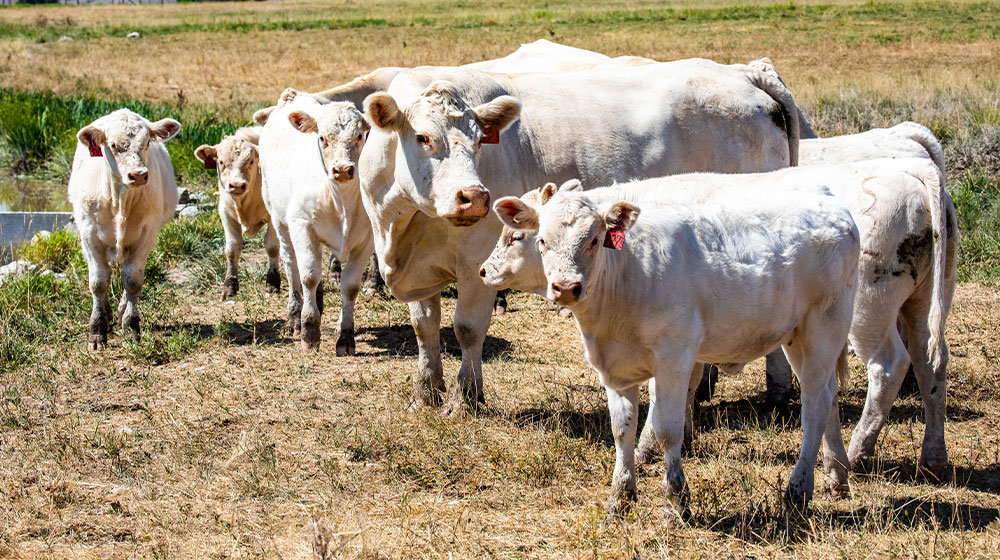Beef, pork, poultry and fish are the most widely consumed types of protein in the U.S. and around the world, according to a leading livestock industry trade organization. Plant-based meat alternatives are also becoming more common on American dinner tables.
Emily Peterson, a regional sales manager for animal nutrition with CHS, provides the latest protein consumption trends and the potential impact on livestock production and agriculture in general.
The National Cattlemen’s Beef Association released a consumer insights survey, funded by the Beef Checkoff program, in February 2024. The survey indicated that 83% of consumers eat poultry at least once a week, followed by beef at 70%, pork at 46%, fish at 41% and meat alternatives at 25%. People who choose plant-based meat alternatives often consume meat as well, according to the survey.
“As a beef producer, it was good to see beef consumption is trending high,” Peterson says. “Overall, the results were very strong for our animal protein business.”
Protein trends
The survey asked consumers to name their top protein choice. Chicken led the way at 44%, followed by beef at 35%, fish at 12%, plant-based meat alternatives at 5% and pork at 4%.
“This leads me to believe animal proteins are strong as far as consumer preference,” Peterson says. “People love the great taste beef, pork and chicken provide.”
Beef consumption
Prices at the meat counter often influence buying decisions, Peterson says, but according to the survey, 65% of consumers plan to maintain beef consumption levels.
“As a mother who goes to the grocery store, I look at the value received for protein choices. Looking at beef specifically, a majority of consumers are looking at keeping their consumption about the same this year,” Peterson explains.
Another factor driving buying habits is that consumers seeking healthy food options, Peterson continues. “Beef and all animal proteins are great sources of healthy, safe and nutritious protein.”
Production influence
Supply and demand drive livestock production. Consumer trends can provide valuable insights to producers to determine future production.
“It’s important for producers to look at what buyers want [so they can help] meet expectations,” Peterson says.


 Audio Clip
Audio Clip





